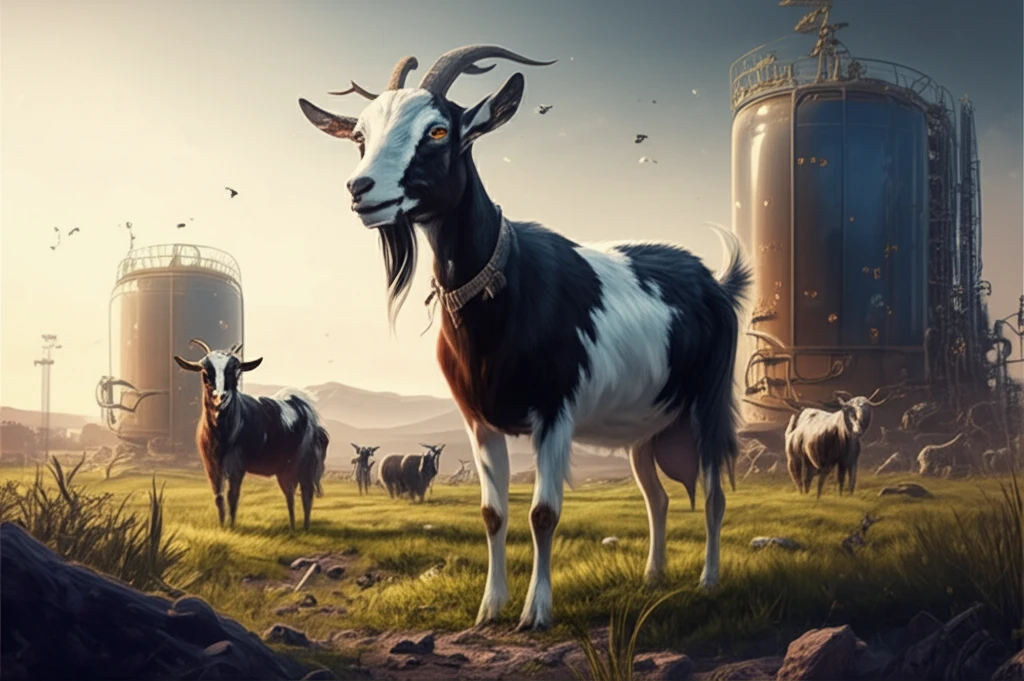
Crude Glycerin in Goat Feed: Is This The Future of Sustainable Farming?
"Uncover the science behind using crude glycerin in meat goat diets and how it impacts performance, carcass traits, and sustainable agriculture."
In an era where sustainable farming practices are increasingly vital, innovative feed solutions are gaining traction. One such solution involves incorporating crude glycerin, a byproduct of biodiesel production, into the diets of meat goats. This approach not only addresses environmental concerns by repurposing waste materials but also offers potential economic benefits for farmers.
Biodiesel production, which has seen exponential growth, generates significant amounts of crude glycerin. Finding productive uses for this byproduct is essential for maximizing the environmental and economic sustainability of the biodiesel industry. Integrating crude glycerin into animal feed represents a promising avenue.
A recent study published in Ciência Rural investigated the impact of including crude glycerin in the diets of Boer crossbred kid goats. The research focused on assessing how different levels of glycerin affected feed intake, growth performance, and carcass characteristics. The results offer valuable insights into the potential of crude glycerin as a cost-effective and sustainable feed component.
What are the Key Effects of Crude Glycerin on Goat Performance?

The study, conducted at the Regional Research Unit of the Southwest belonging to the Agronomic Institute of Paraná, utilized twenty intact male Boer crossbred kid goats. These goats, with an average body weight of 25.06 kg and approximately eight months old, were divided into four treatment groups. Each group received a different diet with varying levels of glycerin: 0%, 5%, 10%, and 15% of dry matter (DM), replacing corn in their feed.
- Feed Intake: Measured consumption of both forage and concentrate.
- Weight Gain: Tracked to assess the growth rate of the goats.
- Carcass Traits: Evaluated parameters such as carcass weight, yield, and cooling losses.
- Feed Conversion: Calculated to determine the efficiency of converting feed into body mass.
Implications for Sustainable Goat Farming
The study highlights the potential of crude glycerin as a supplementary feed ingredient in goat diets, particularly in the context of sustainable agriculture. While inclusion up to 10% appears to have no adverse effects on weight gain or feed conversion, higher levels may compromise feed intake and carcass weight. Further research is needed to optimize glycerin inclusion rates and explore strategies to mitigate potential palatability issues.
